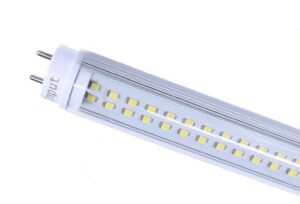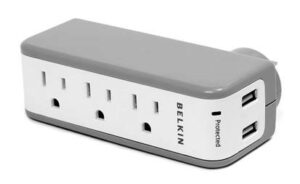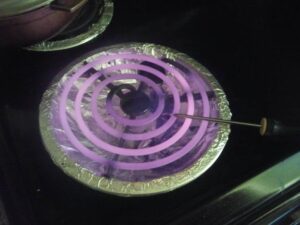Blog
Price of Electricity in Jacksonville Area (JEA)
Std. Rate F.C.A. Total Rate Residential RS Customer Charge $15.00...
Read MoreHoliday Electrical and Fire Hazards
This the season for beautiful decorations and sparkling lights. Tons...
Read MoreElectrical Work In The Home: Is DIY The Way To Go?
When working with electricity, safety is always the most important...
Read MoreGenerators for the Home
Ever get your power knocked out by a storm? It’s...
Read MoreHow to Estimate Home Appliance Energy Use
There’s a very simple way to figure out how much...
Read MoreFunction of Circuit Breaker Panels
As a homeowner, you should be familiar with the location...
Read MoreAC vs. DC Electric Motors
DC motors come in two general types. They can have...
Read MoreUtilizing Low Energy Bulbs at Home
These days, the most common energy saving lighting devices are...
Read MoreBenefits of LED Lighting
Light-Emitting Diodes (LED) light is becoming a high demand and...
Read MoreSurge Protectors
Surge protectors are incredibly cost-efficient electric devices, especially when their...
Read More100 Years of the invention of Calrod
On 1901 Charles C. Abbot of General Electric develops an...
Read MoreWhat causes the sound of thunder?
Due to the electric current going through the air, the...
Read MoreSystem Sensor Recalls Combination Carbon Monoxide and Smoke Detectors
Recall Summary Name of product:i4 Series System Sensor combination carbon...
Read MoreCPSC, General Electric Co. Announce Recall of Outlet Converters
General Electric Co.’s GE Lighting division of Cleveland, Ohio, is...
Read MoreSchneider Electric Recalls PowerPact J-Frame Circuit Breakers Due to Fire, Burn, Electrical Shock Hazards
The recall in Shneider Electricvolves PowerPact J-frame molded case circuit...
Read More



